
Boat insurance information
Check out these boat insurance tips and tricks to keep you afloat all summer long. Our boat insurance guide has everything you need to make sure you have the coverage you need while having some fun in the sun.
Explore Progressive's editorial standards for Answers articles to find out why you can trust the insurance information you find here.
Boat insurance article results
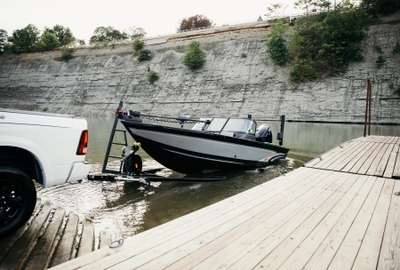

What are the three main types of boats?
5 minute to read
What size truck or SUV do you need to pull a boat?
4 minute to read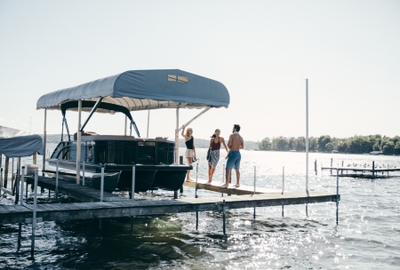
How does boat liability coverage work?
3 minute to read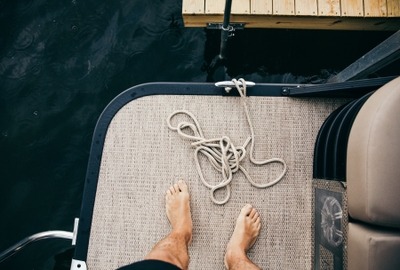
Buying a used boat
5 minute to read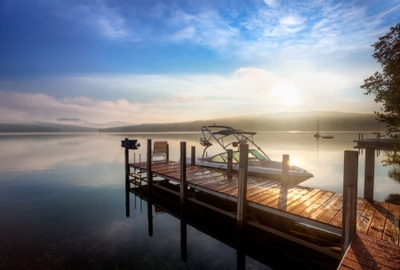
Is there insurance for boat docks?
3 minute to read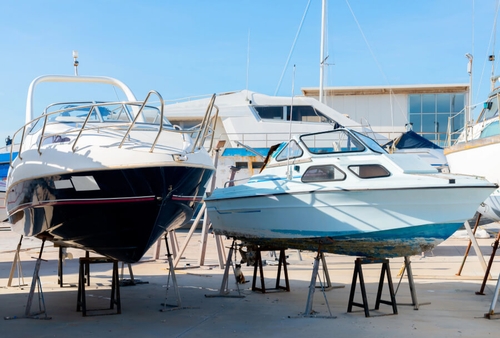
How to prepare a boat for a hurricane
Find out how to protect your boat in the path of a hurricane, whether you store your watercraft on land or water.
4 minute to read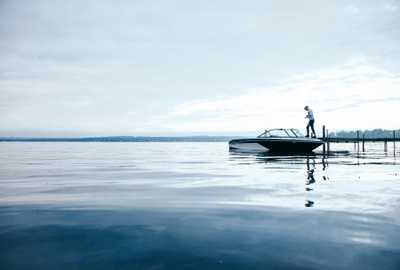
Boat insurance requirements by state
1 minute to read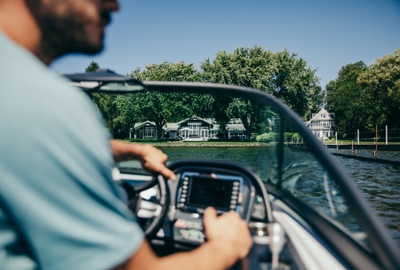
What is a Hull Identification Number?
3 minute to read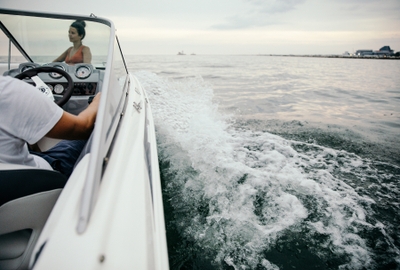
How to get a boat title
4 minute to read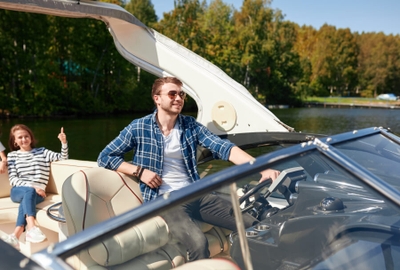
When is the best time to buy a boat?
4 minute to read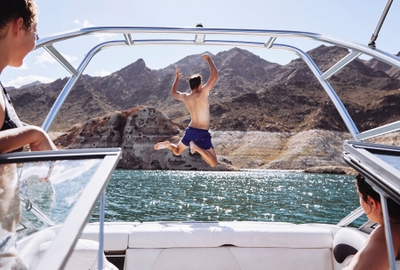
Do you need boat insurance?
4 minute to read
Buying a boat for the first time
6 minute to read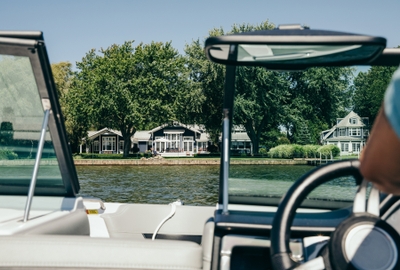
What is boat comprehensive and collision coverage?
2 minute to read
How much is boat insurance?
4 minute to read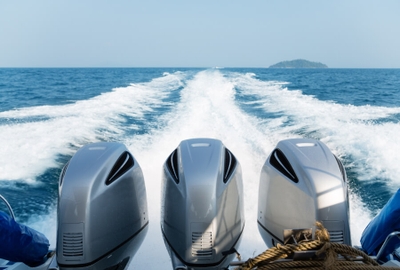
Does boat insurance cover a blown engine?
2 minute to read
What does boat insurance cover?
4 minute to read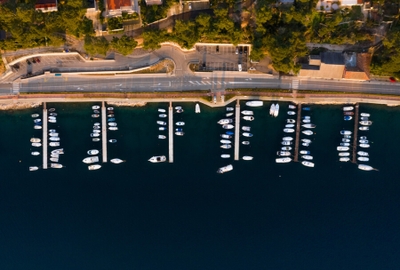
Does boat insurance cover theft?
4 minute to read
Reporting a boat accident
4 minute to read
Does boat insurance cover storm damage?
3 minute to read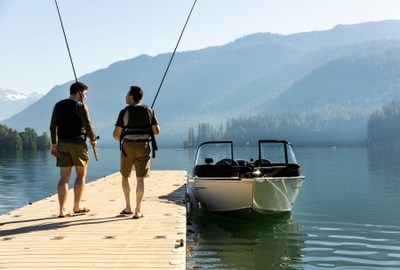
Jet ski buying guide
4 minute to read
What is boat rental insurance?
2 minute to read

Enjoy life on the water with boat insurance from Progressive
Learn more about our boat insurance offering.









